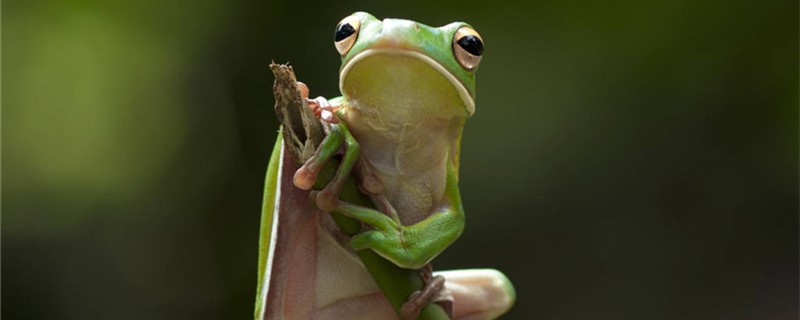
The tree frog refers to an animal belonging to the genus Tree Frog of the family Tree Frog of the order Anura of the class Amphibia. Because they belong to Amphibia, they also belong to amphibians, and they are typical amphibians. Amphibian is a general term for a group of animals. Although they have different characteristics, there are some basic characteristics that are the same, and tree frogs also conform to these basic characteristics.
From the point of view of reproductive mode, the reproductive mode of amphibians is oviparous, which is different from that of advanced mammals, and the reproductive mode of tree frogs is also oviparous. From the point of view of body temperature characteristics, amphibians are generally poikilothermic animals, tree frogs are the same, body temperature will change with the outside world, so they will enter hibernation when the temperature drops to a certain limit in winter. From the point of view of breathing mode, tree frogs can breathe with lungs and skin after adulthood, which is also in line with the basic characteristics of amphibians.
can tree frogs live? As mentioned above, tree frogs are amphibians, not particularly advanced animals, and their life span is not particularly long. Generally speaking, tree frogs only live for a few years. How many years they can live depends on the species. The life span of different species is not the same. Tree frogs with longer life span can live for 5-6 years, but some small tree frogs can only live for one or two years. In addition, environmental factors can also affect the life span of tree frogs. If tree frogs live in an unsuitable environment, their life span will be shortened. In addition, there are many factors that can shorten the life span of tree frogs, such as the killing of natural enemies, or the impact of natural disasters.